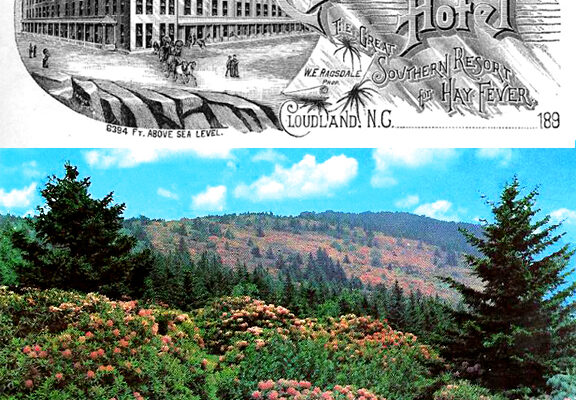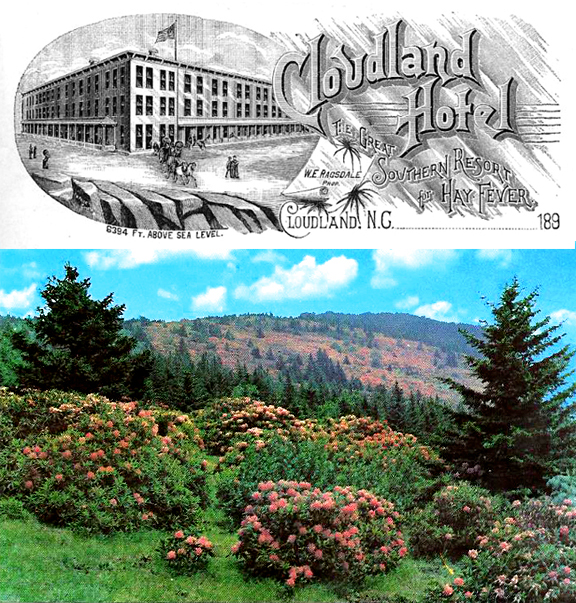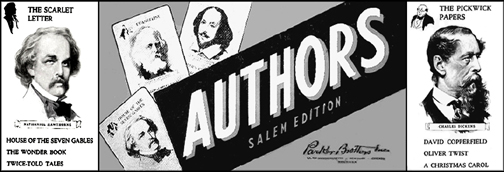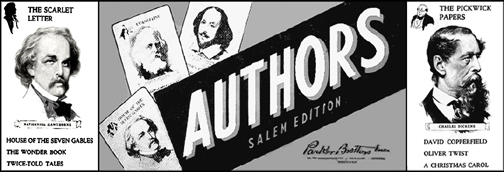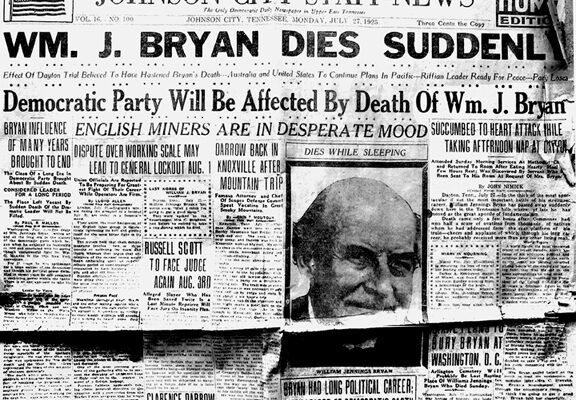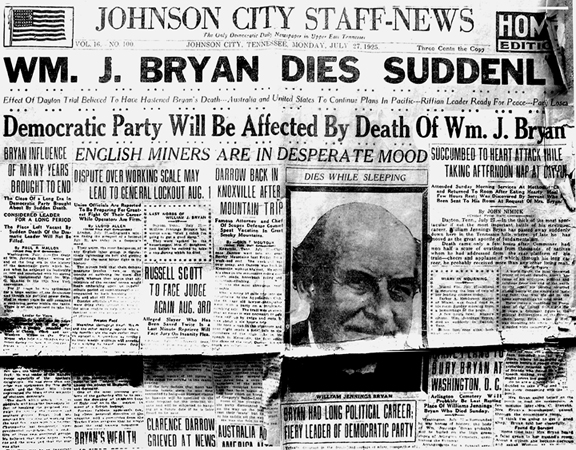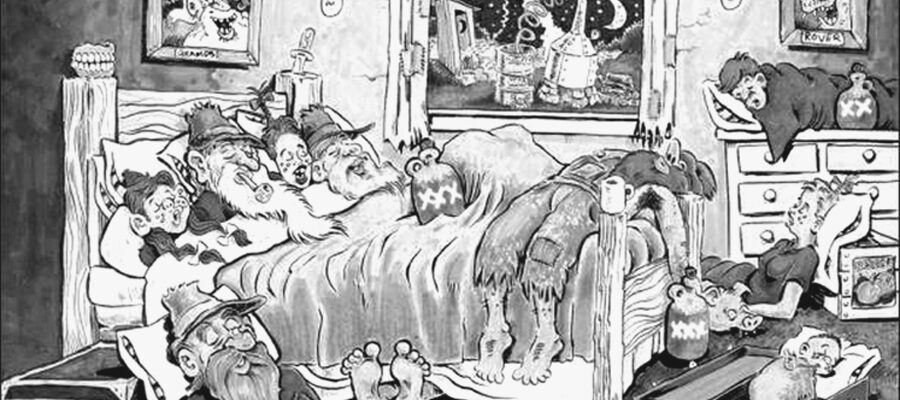Older residents likely recall when City Hall (a.k.a. the Municipal Building) was situated adjacent to three downtown streets: W. Market, W. Main and Boone.
The massive structure operated as a civic, social and governmental centerfrom 1920 until about 1974 when a new location was selected on E. Main adjacent to Fire Station #3. The 3-story brick facility was historic because it represented the first time that city business was conducted in a municipally owned building. Prior to that, offices were rented in the business district. After it opened, the ground floor along Boone Street became City Market House with meat and produce stalls. Merchants and local farmers rented table space to vend their products to a grateful public. Early vendors included D.F. Clark’s Meat Stall (later renamed Clark’s Cash & Carry Meat Stall), Quality Service and Prices (Will Meet with Your Approval, Phone 401) and Keller’s Meat Stall (meat, vegetables and cannery products – “We Sell for Cash. Buy Here and Save the Difference”). Other tenants from that era were Associated Charities, City Fish Market and additional meat sellers: Hart and Clark, J.M. Range, J.M. Smith, John Webb and Hart and Thompson Sausage Company. The market was bustling with shoppers on Saturdays.
City Hall evolved into a heavily traveled venue to countless individuals seeking private meetings and public inquiries, thereby requiring a host of municipal employees to satisfy public needs. Much of the fate of Johnson City was determined when the mayor and other city officials dealt with thorny issues. The second floor contained a large auditorium and balcony on the W. Main Street side that accommodated about 480 people on the floor and another roughly 170 in a narrow balcony that extended along three sides. The stage became the setting for remote radio broadcasts, weddings, plays, prize contests, high school commencements, lectures, musicals and community functions. It also offered programs of local interest such as a popular cooking school that was sponsored by the local newspaper together with electric and gas companies. To stimulate attendance, the backers awarded door prizes that included baskets of food and gas or electrical appliances. The big frequently used room was often filled to capacity.
During a show in 1940, Jake Taylor’s Railsplitters Jamboree, Chuck Swain and his Radio Roundup from WROL Knoxville and a 71-year-old from Nebraska were featured. During the show, three fiddlers participated in a contest. The “loser” had to sit on a designated person’s lap and drink milk from a baby bottle. The crowd loved it.
In early 1946, Fiddlin’ Charlie Bowman, Gray Station’s North American Fiddlers Hall of Fame 2005 inductee and his second oldest daughter, Jenny, also performed at City Hall on the Smoky Mountain Jamboree. An ad from Saturday, April 13, 1946 reveals a typical performance: “The Biggest Show Ever to Come to Johnson City – 2 Big Shows – Smoky Mountain Jamboree and Circus for the Price of One – Saturday, April 13th, City Hall – First Show 6:30, Second Show 8:30 and Third Show at 9:30 – Entertainers: Speedy Clark and the Lonesome Pine Boys with Shorty Shehan and Tom ‘Pappy’ Slagle, Tennessee Pals – Eight Piece Hillbilly Band Direct from 14 years Engagement at Sunset Park, Maryland – J.E. Mainer and the Famous Mainer Mountaineers – Bob Christian and His Rhythm Boys – Charlie Bowman and Jennie, famous comedy, yodeling, fiddle and accordion team.”
During the 1950s, Lowell Blanchard, the popular host of Midday Merry-go-Round and Tennessee Barn Dance over Knoxville’s WNOX radio, brought his country music show to the stage. One Press reader recalls winning a dollar bill from the emcee after successfully throwing a dart into the center of a bull’s-eye target. J. Norton Arney routinely sponsored fund raising shows in the auditorium. The stately building once served as a starting point for the annual Thanksgiving Burley Bowl Parade with colorful floats, tuneful bands and comical clowns lining up several blocks to the west on Main.
After 54 years of faithful service, City Hall began to feel its advancing age. Changes were made to the inside offices to accommodate the shifting times of city government. While some offices underwent significant renovations, others were simply closed and locked, perhaps serving as storage rooms. Eventually, the first floor of the building was the only part in use for city government business, an occasional rummage sale and headquarters for the Red Cross.
Former Johnson City Press-Chronicle writer, Bill Tigue, who covered the demise of the old structure said it best: “Some thought of her as an old dowager run down, a little musty, dilapidated, shop worn and neglected. Others fancied her a nostalgic relic, full of fine memories, proud and strong in the center of ‘The Old City Growing Young,’ stately, refined and dignified.”

Whatever thoughts people had of City Hall, it was to no avail because on that fateful day with prior arrangements with Bradley Brothers Crane Service, she took her final bow and encountered the grim reaper, a massive 1800-pound wrecking ball. Demolition began on the south and west sides and moved inward. Gracefully, but not with absolute ease, the insolent old building stubbornly and defiantly surrendered to the big ball that cracked, bent and eventually toppled exterior and interior walls that had been standing since Model T cars roamed the streets.

To conclude with Bill Tigue’s words, “Whatever school of thought you prefer, we hope you enjoyed your position while it lasted – she is no more. Neither dowager nor stately lady remains at the corner of Boone and Main streets this morning – just a pile of rubble.” Those who witnessed the heartrending destruction noted that she passed away gracefully and with dignity. After the debris was cleared and the dust settled, City Hall was only a memory. The site was sold to the Johnson City Press-Chronicle for a visitor parking lot.

